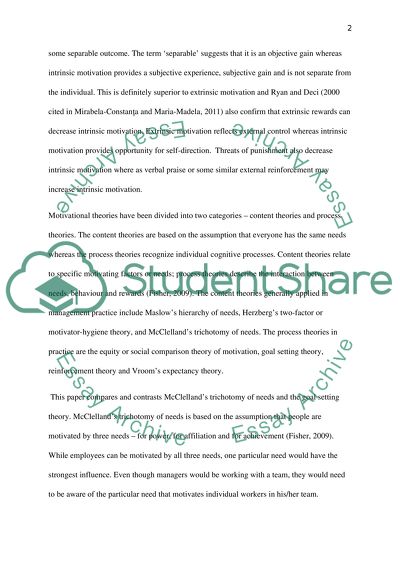Cite this document
(“McClelland's Trichotomy of Needs and other Concepts of Motivation Essay”, n.d.)
McClelland's Trichotomy of Needs and other Concepts of Motivation Essay. Retrieved from https://studentshare.org/human-resources/1464000-essay-on-motivation
McClelland's Trichotomy of Needs and other Concepts of Motivation Essay. Retrieved from https://studentshare.org/human-resources/1464000-essay-on-motivation
(McClelland'S Trichotomy of Needs and Other Concepts of Motivation Essay)
McClelland'S Trichotomy of Needs and Other Concepts of Motivation Essay. https://studentshare.org/human-resources/1464000-essay-on-motivation.
McClelland'S Trichotomy of Needs and Other Concepts of Motivation Essay. https://studentshare.org/human-resources/1464000-essay-on-motivation.
“McClelland'S Trichotomy of Needs and Other Concepts of Motivation Essay”, n.d. https://studentshare.org/human-resources/1464000-essay-on-motivation.


